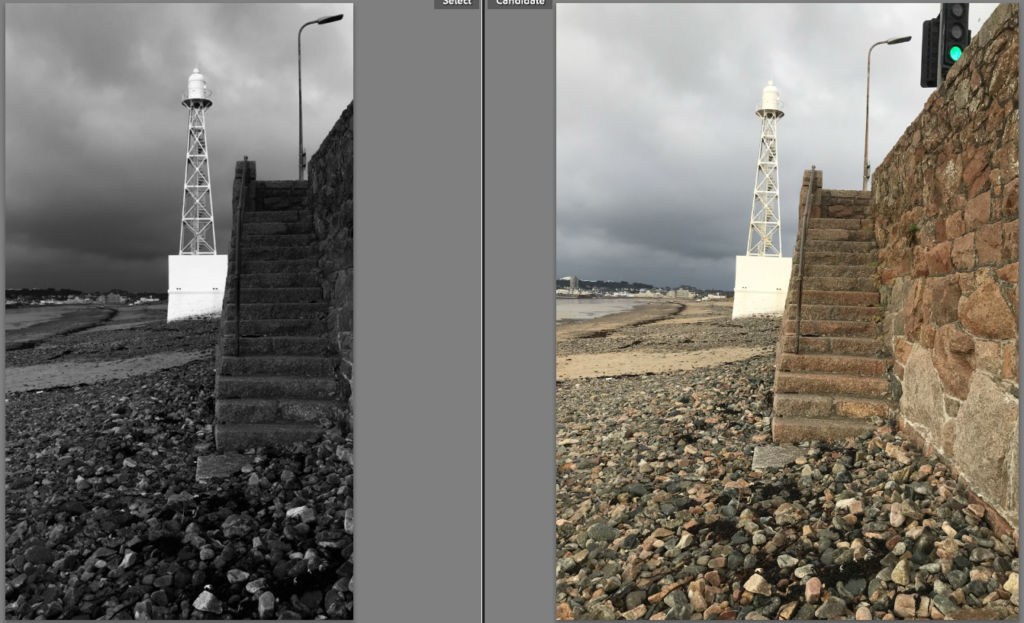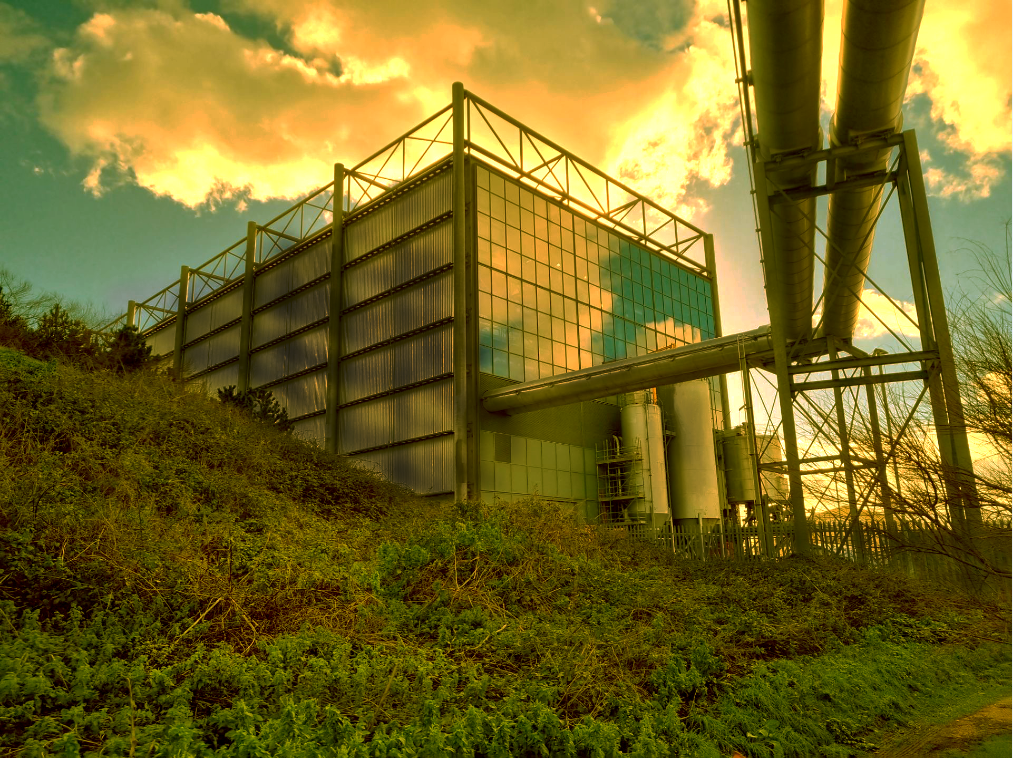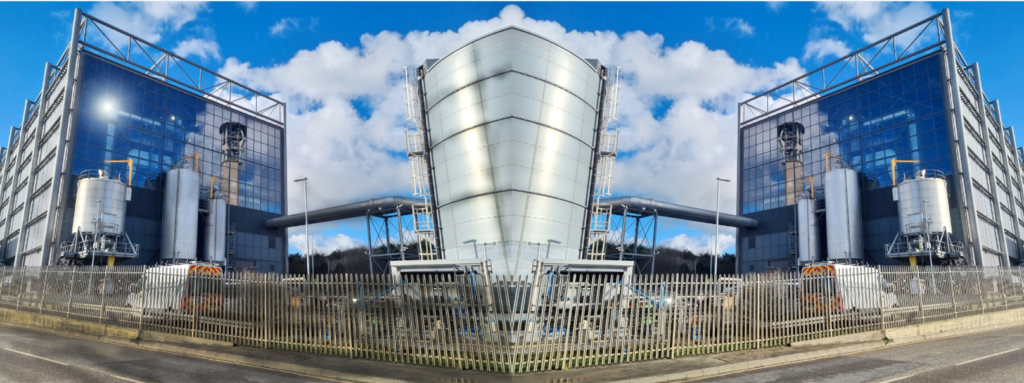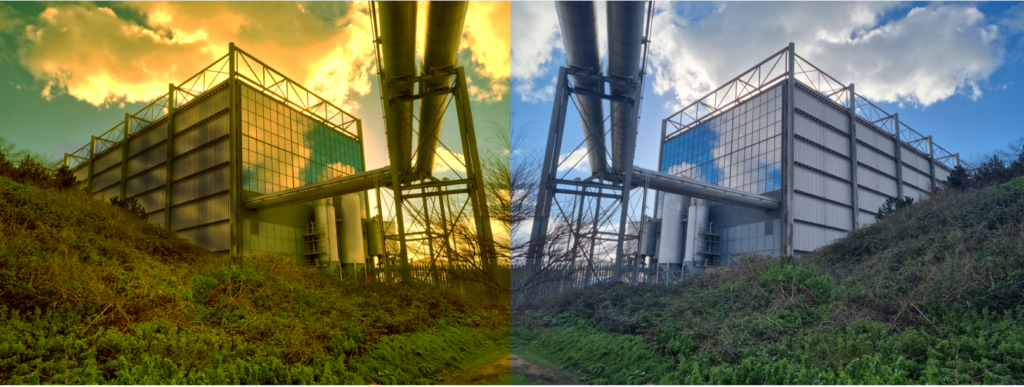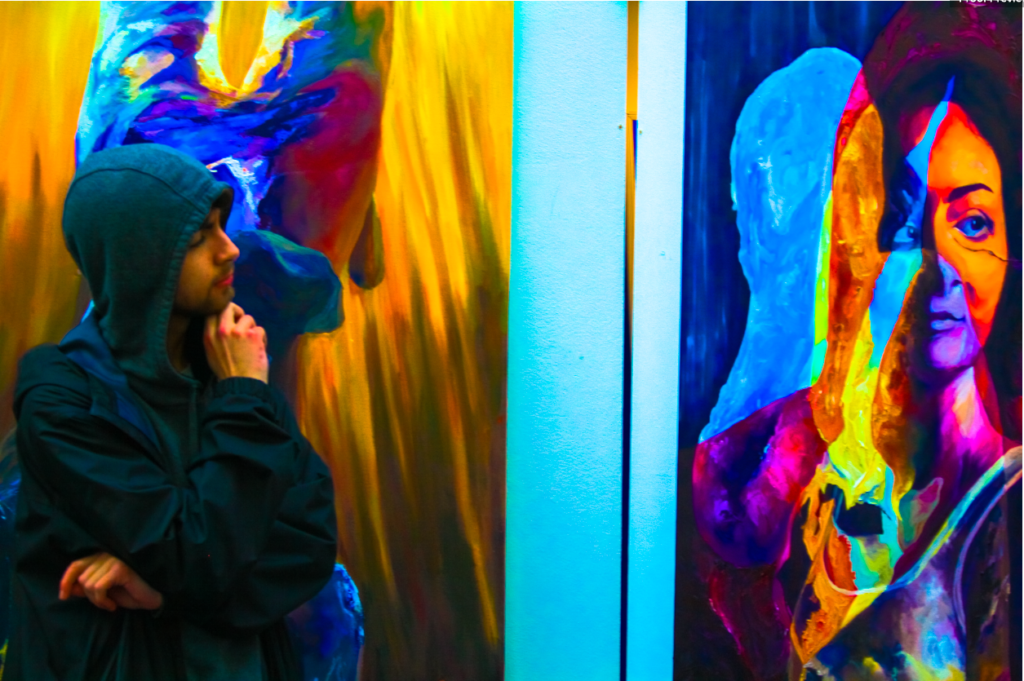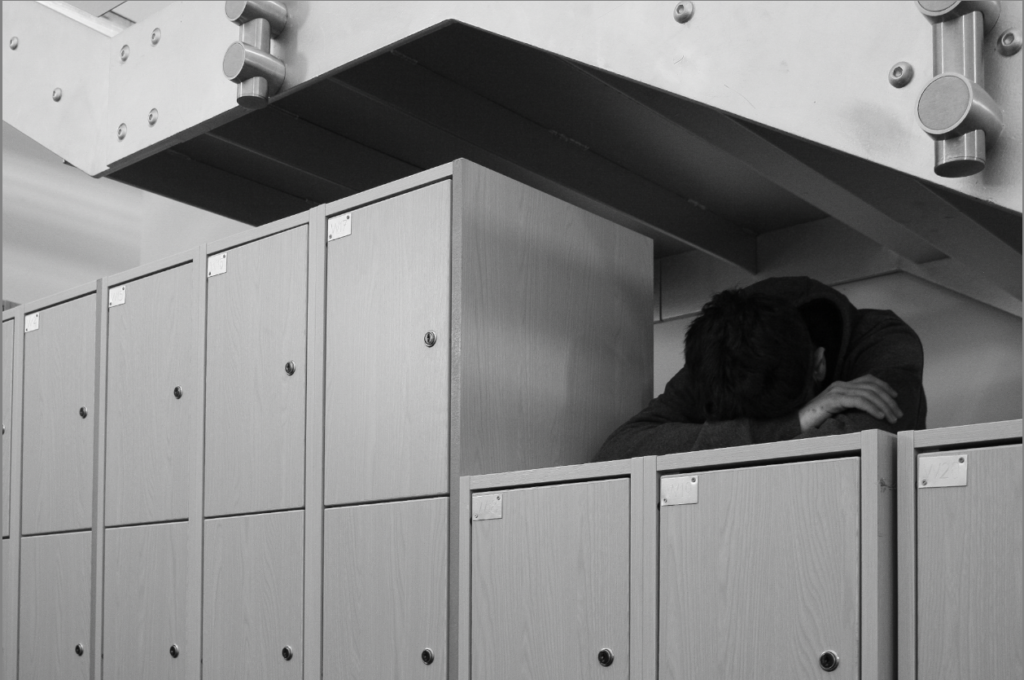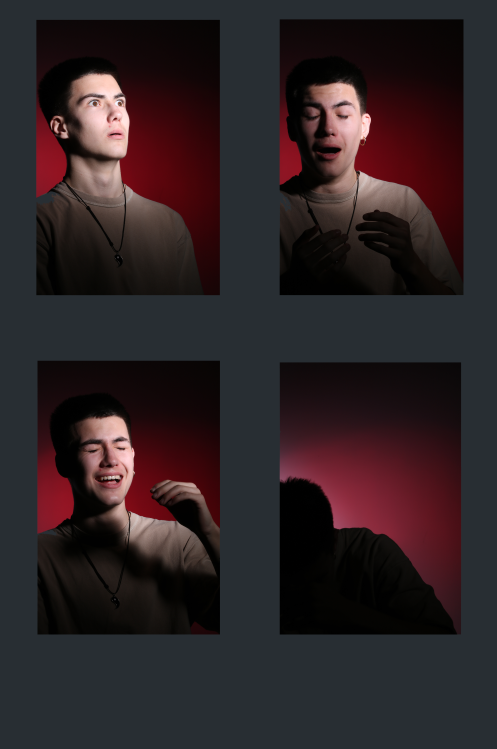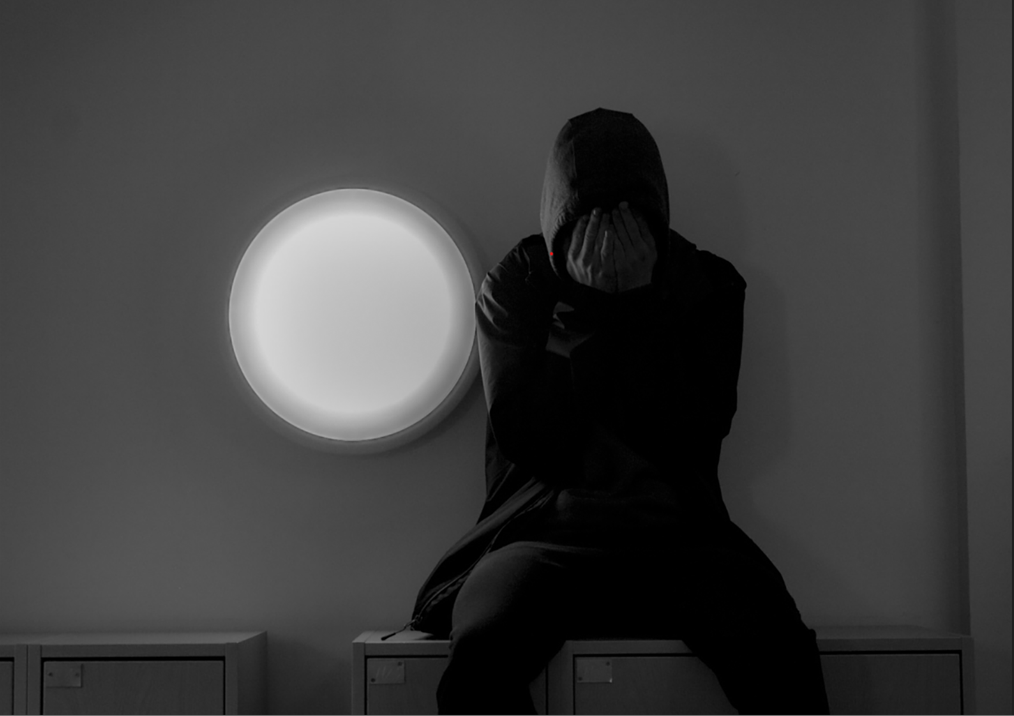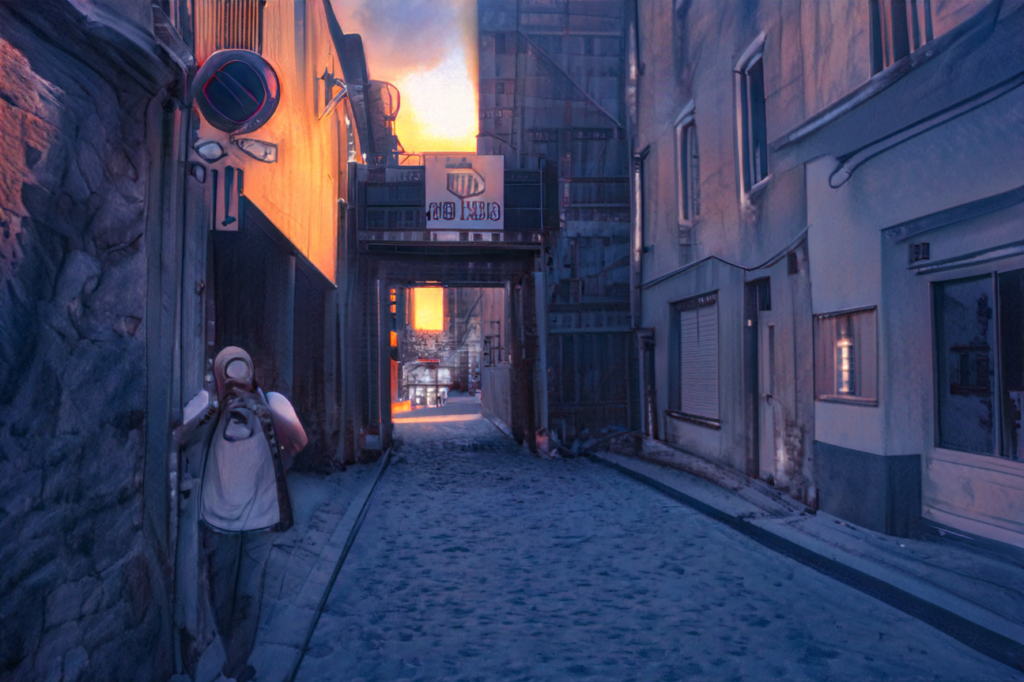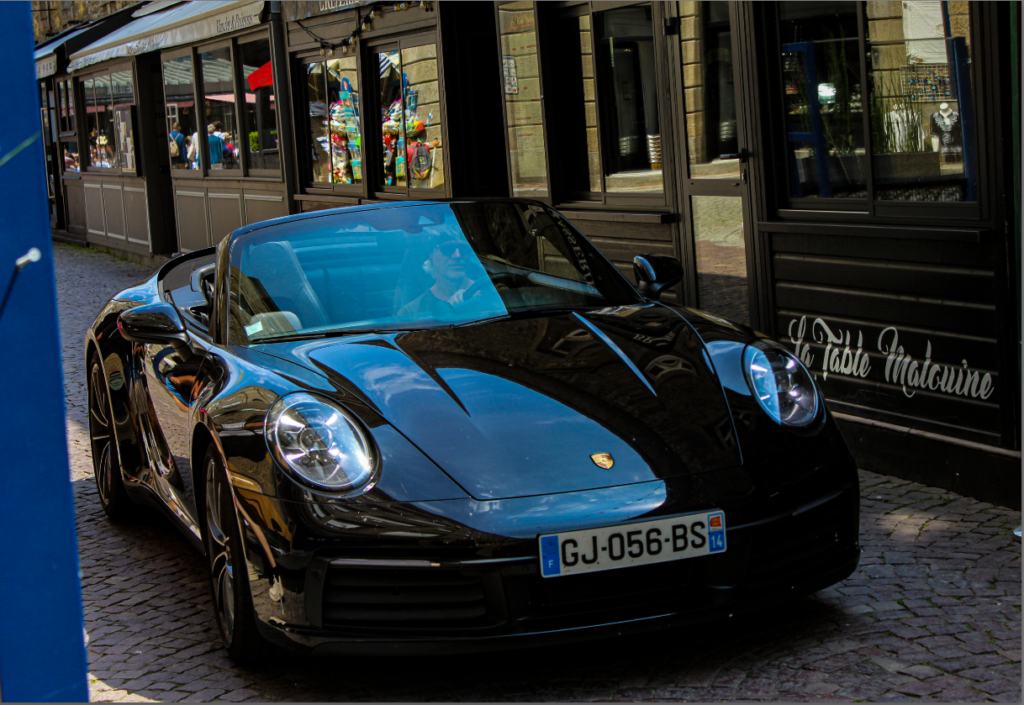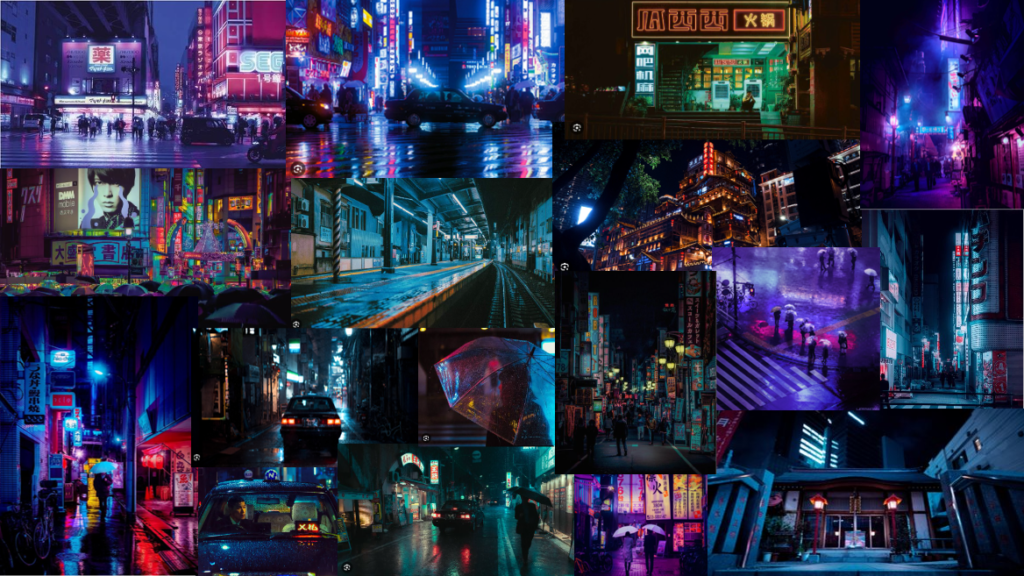
W. Eugene Smith (1918-1978) was perhaps the most famous documentary photographer of all time. A member of the Magnum photography group from 1955 to 1958, Smith’s most famous work is arguably his 1948 Life magazine photo essay, Country Doctor. I will be looking at Smith’s work because he is a pioneer of the documentary photo essay and, as I want to tell my Dad’s story to the best of my abilities, Smith’s methods are of great interest to me.
He first began photographing at age 14, taking photos of airplanes at a local airfield, and became a photographer for two local newspapers within a year. After attending college (University of Notre Dame, for which he obtained a photography scholarship) for one year, he left for New York City at 18.
After a brief stint at Newsweek, where Smith was fired because he refused to move to large-format negatives from his beloved 35mm Contax, Smith was employed as a war correspondent for Life magazine in 1942. His experience photographing some of the most significant battles of the Pacific shaped his career, and his intentions to showcase the horrors of the conflict are clear in the shockingly detailed images. He felt that, through his photography, he would be able to galvanise those in power into not repeating their mistakes. He wrote “You can’t raise a nation to kill and murder without injury to the mind… It is the reason I am covering the war for I want my pictures to carry some message against the greed, the stupidity and the intolerances that cause these wars and the breaking of many bodies.” Unfortunately, he was seriously injured by mortar fire in 1945, and thus ensued two years of surgery, after which he continued at Life until 1955.
During his time with Life magazine, in 1948, Smith produced perhaps the most influential piece of photojournalism of the 20th century. This piece was called Country Doctor and followed the day-to-day life of the sole doctor for 2000 people in a small town in the Rocky Mountains of North America. The piece used and established the steps to creating a photoessay as Smith envisioned it, which are still used today by photojournalists the world over. These are:
- Person at Work
- Relationship Shot
- Establishing Shot
- Detail shot
- Environmental Portrait
- Formal Portrait
- Observed Portrait
By covering every single shot, the journalist is able to create a piece that fully explores the various aspects of a subject.














